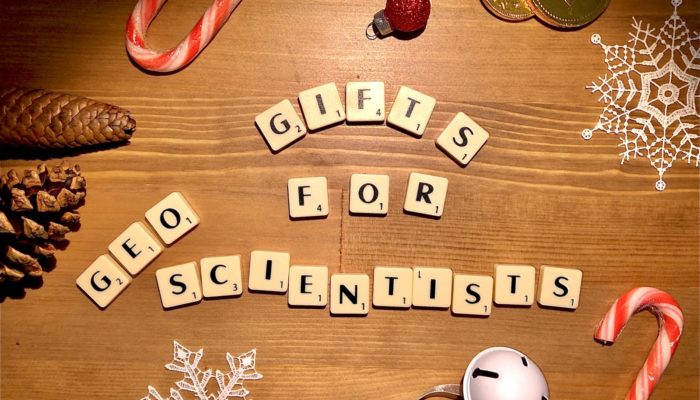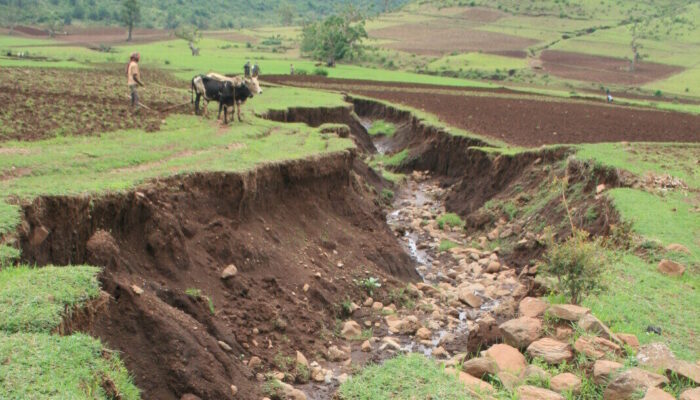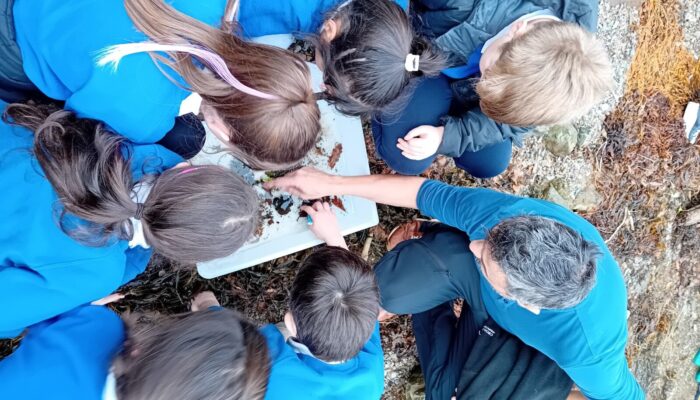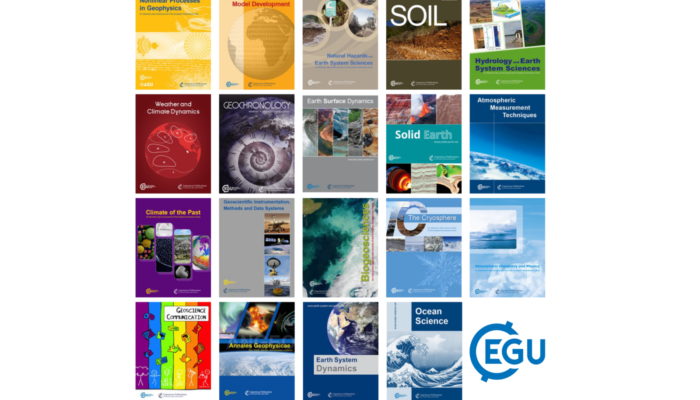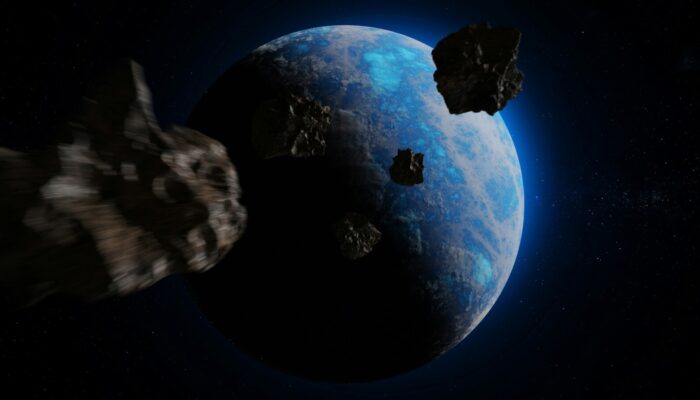The nights are growing darker and there is snow on the ground here in Munich as winter draws in, in the Northern Hemisphere, and at this time of year you are probably thinking about what gifts to get that special geoscientist in your life! We know sourcing appropriately nerdy and/or geology related gifts can sometimes be a challenge, so we in the EGU office are back again to help you out with our ...[Read More]
Seismology
“State of the ECS”: EGU 24/25 and, our new members!
For this “State of the ECS”, our Seismo-team will introduce themselves and tell about their ECS experience. Happy reading! Greetings! I’m Adam and by a twist in the timestream in Vienna I ended up as an editor of blog of the Seismology ECS division. If your (or your colleague’s) research touches on any aspect of Seismology or related fields, please reach out! My background is diverse, ...[Read More]
GeoLog
You don’t have to review alone… introducing EGU’s new co-reviewing scheme for Early Career Scientists and first time reviewers
Any journal editor will recognize this challenge: a new manuscript arrives for review. It’s great, and you’re enthusiastic about getting it into the system, but suddenly, there’s a problem. All the suggested reviewers are unavailable! What do you do now? Across publishing fields, it is becoming increasingly difficult to find suitable reviewers for scientific manuscripts. As the number of submissio ...[Read More]
GeoLog
Can we mend our Earth, one gully at a time? New research reveals that the answer is YES!
Imagine losing your land – little by little – to deep, destructive trenches carved by rain and flowing water. This is what gully erosion does, a problem that has been devastating several communities worldwide. Ethiopia’s Aba Bora Watershed, the subject area of a recent study published in the EGU open access journal, SOIL, is located in the Oromia region and is a part of the larger Baro ...[Read More]
GeoLog
GeoTalk: meet Georgia Moutsiana, researcher of Jupiter’s magnetosphere!
Hello Georgia – welcome to GeoTalk! Could you tell our readers a little bit about yourself and your background? Thank you, Simon! I’m Georgia Moutsiana, a space scientist and PhD candidate at the National and Kapodistrian University of Athens, Greece. My research focuses on understanding the processes that accelerate and transport charged particles in planetary magnetospheres. My key message is th ...[Read More]
GeoLog
Ireland’s Geoscience Day: The success story of bridging generations over science
The EGU Geoscience Days connect science with society by funding innovative projects that make Earth, planetary, and space sciences accessible. This year’s spotlight is on our awardee Fergus McAuliffe’s project, Marine Geoscience for All, which used art, storytelling, and dialogue to bring marine geoscience closer to the public. I had the pleasure to interview Fergus again after the events to ...[Read More]
GeoLog
GeoRoundup: the highlights of EGU Journals published during November!
Each month we feature specific Divisions of EGU and during the monthly GeoRoundup we put the journals that publish science from those Divisions at the top of the Highlights section. For November, the divisions we are featuring are Planetary and Solar System Sciences (PS), Solar-Terrestrial Sciences (ST), and Earth and Space Science Informatics (ESSI). They are served by the journals: Annales Geoph ...[Read More]
GeoLog
What I wish someone told me early in my career: meet Eduardo Queiroz Alves, our Editorial Manager
‘What I wish someone told me early in my career’ is a new Geolog series that aims to provide valuable insights and guidance to early-career professionals within the European Geosciences Union (EGU) community. Each month, I will interview a staff member of EGU to share their personal career journey, experiences, challenges faced, and the tips they wish they had received earlier in their careers. Th ...[Read More]
GeoLog
Hera: A journey to Mars kicks off Earth’s latest defence plan
And what if we could prevent a catastrophe as old as the dinosaurs?… As Hera’s mission launched last month, this blog post aims to give you insights into this mission and why it matters. Continue reading and find out! One of humans’ biggest rebellious acts against insignificance is staring at the sky and wondering what else is out there, then thinking “We can definitely fin ...[Read More]
GeoLog
From ‘real life’ to a fantastic quirky teaching tool – try a PodCast Class
A giant microphone sits a few cm’s from my face. I am having vivid flashbacks to pre-show jitters and stage-fright from my earlier forages into on stage productions. Only now I’m an adult, an expert, a scientist. Our host pushes the record button. Live radio! A brilliant (?) idea takes shape I was contacted by a Norwegian scientific radio programme, Abels Tårn, and asked if I could answer question ...[Read More]

